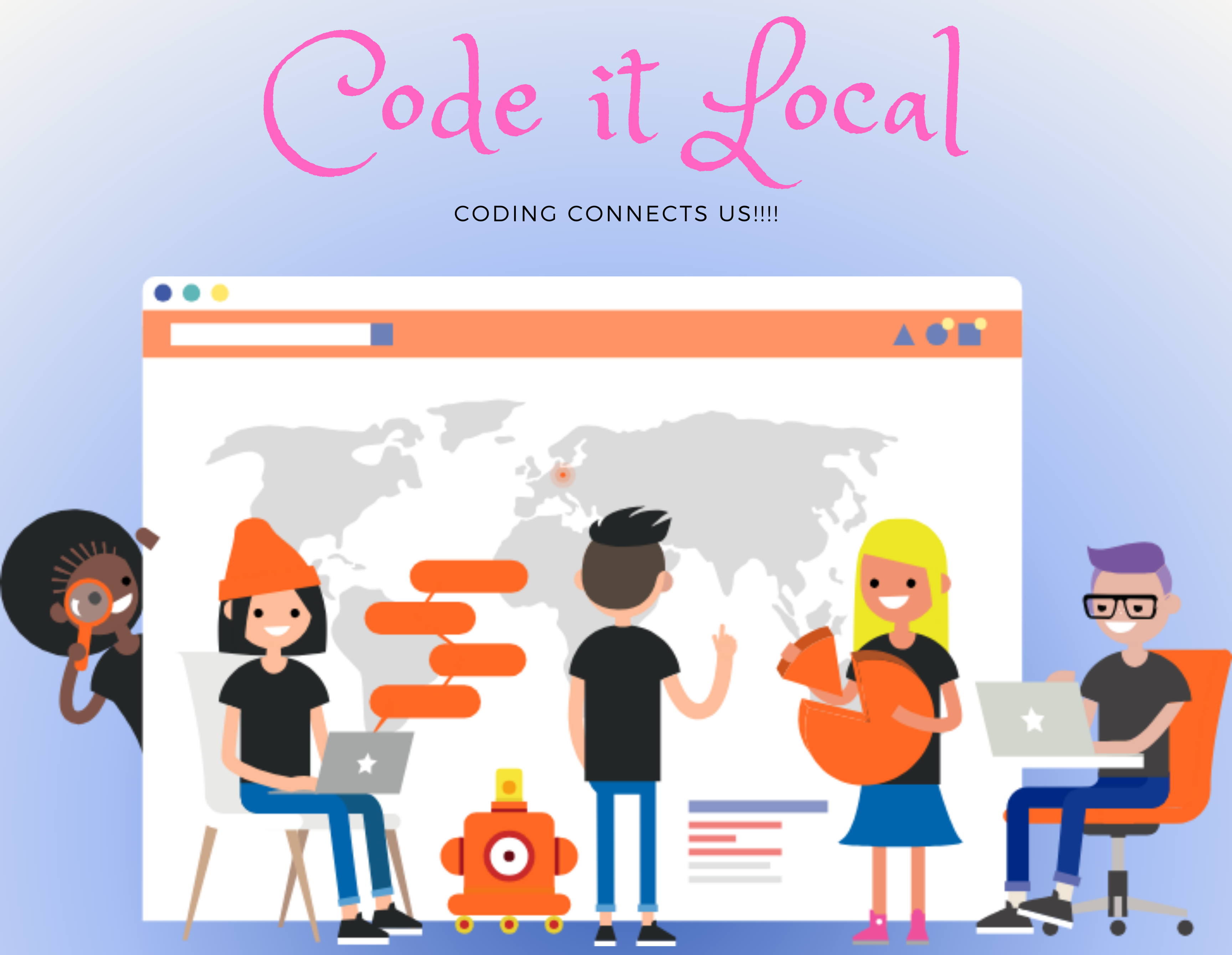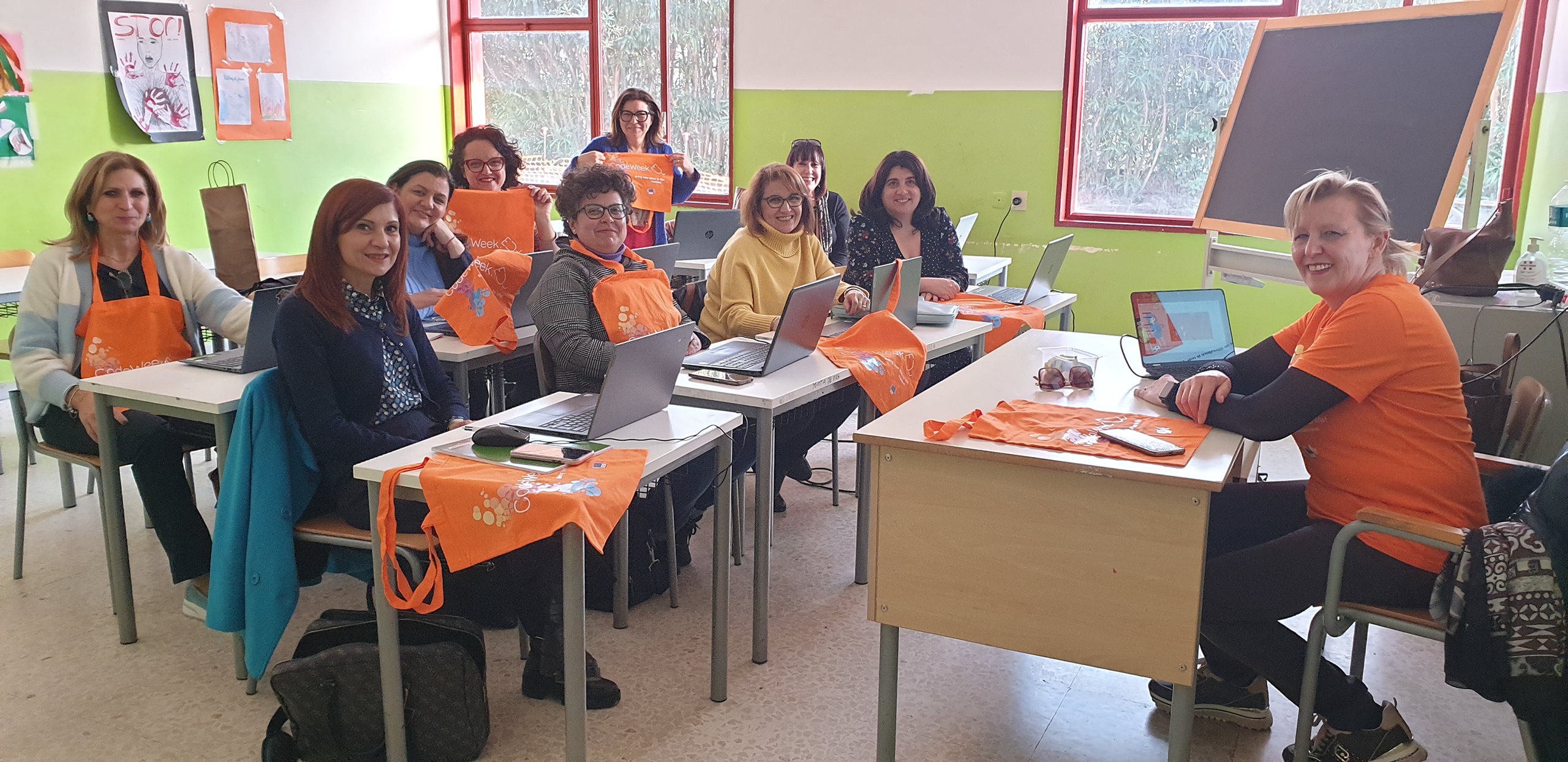Computer Science unplugged activities
Publication date: February 2, 2022
Here is a set of 3 unplugged activities to introduce students to basic computer science concepts. These activities have been proposed by Google, and are part of the Code Week Challenges.
The lesson plans for these activities are available in 19 languages: Serbian, Latvian, Italian, Greek, Czech, Croatian, Bosnian, English, Albanian, Slovakian, Portuguese, Turkish, Slovenian, Romanian, Polish, Macedonian, Lithuanian, Hungarian, Bulgarian.
In each activity, students will learn a key computational science concept without the need of a computer. They are suitable for students between 6-12 years old, and each will take about 60 minutes to complete.
Activity 1: Network a neighborhood
In this activity students receive the map of a town and need to connect all the buildings as efficiently as possible. As the map gets more complex, it will be more challenging to find all the potential solutions and pick the best one.
Topics approached in this lesson: what is an algorithm, what is a network.
Activity 2: Encode an emoji
Here, students are introduced to encoding by having to reproduce an 8×8 pixel black and white image using only a small amount of information. To complete this activity, students will have to convert an encoded image into a drawn pixel image, as well as design and encode new images.
Topics approached in this lesson: what is encoding, what is compression, how pixels form an image.
Activity 3: Send a secret message
For the third activity students will learn about data security by making a simple substitution cipher. Although the cipher used here is a simple one, it will show students how a secret code can be used to assure that only the recipient can read the message.
Topics approached in this lesson: what is encryption and decryption, how a key is used, what are the applications of a cipher.
Recommended materials to have at hand at the start of the lessons:
* scissors, glue and cardboard
* some small tokens that can be counted (like marbles or plastic chips)
* tacks, toothpicks, or anything that can be pinned down
Each of the three activities presented above comes with its own lesson plans, including examples, as well as answer keys for the various exercises the students need to solve.
For the activities lesson plans in 19 languages:
https://drive.google.com/drive/folders/1TCRWtSndaUPiSEG1Q-sSj2Wp9at6aZKv


